Featured Photo: A tandem pair of Variegated Meadowhawks (Sympetrum corruptum) flying and ovipositing in shallow waters at Ford’s Pond, February 13, 2022.
In the Pacific Northwest, most dragonflies and damselflies fly only spring through fall, with some only during short windows in spring, summer, or fall. In Oregon, Variegated Meadowhawk (Sympetrum corruptum) is the only ode (short for Odonata, the insect order comprising damselflies and dragonflies) that has been recorded all months of the year (see Jim Johnson’s chart here). Nevertheless, winter flights of this species are not the norm. Here in Douglas County, I had previously observed Variegated Meadowhawks only March through November. But today looked like a good day to see if any were out and about, with partly sunny skies and a high of 64 F.
The past couple years I have found Variegated Meadowhawks on warm days of March at Ford’s Pond, a mile or so west of Sutherlin, Oregon. So, I thought I would give that reliable spot a try. At Ford’s pond, this 1- to 2-acre patch of shallow water with some emergent vegetation is the precise location I have found them in previous years (photos below), so I headed directly there in early afternoon, as air temperature would be reaching its peak.
I was not disappointed…. Upon reaching the spot, I immediately noticed a pair “in tandem.” This is the coupled position many (but not all) odes use when ovipositing (depositing eggs). During copulation, the male clasps the female’s head/eyes with appendages at the end of his abdomen. After transferring sperm from the male to the female (a more complicated process that I won’t describe here), the pair flies around together, both flapping their wings, to oviposit in the desired habitat. With mostly in-sync body motions the female’s abdomen is whipped down to tap the water as she releases tiny eggs. The video below shows one of several pairs ovipositing.
I spent about 1.5 hours at this spot watching and photographing paired ovipositing adults as well as individuals in flight or resting on vegetation. I observed three tandem pairs and six singles in the area; a total of a dozen adults flying. I spent about a half hour looking around on emergent vegetation for exuviae (exoskeletons of larvae left after transformation and emergence of an adult), but did not find any. Expert opinion suggests that these winter-flying odes represent overwintering adults that become active in warmer temperatures, versus adults emerging from larvae on-site or migrating from warmer locations. Overwintering moths are also known to begin flying in warmer weather, and black bears sometimes cut short their hibernation in such conditions.
Temperatures after today are forecast to not exceed the 40s or low 50s F for a week or more, so perhaps these individuals will find a cozy place to hide out again for a few weeks until more suitable weather returns. It would have been interesting to mark some of these individuals and see if they re-appear in March or April. Maybe I’ll try that next year.
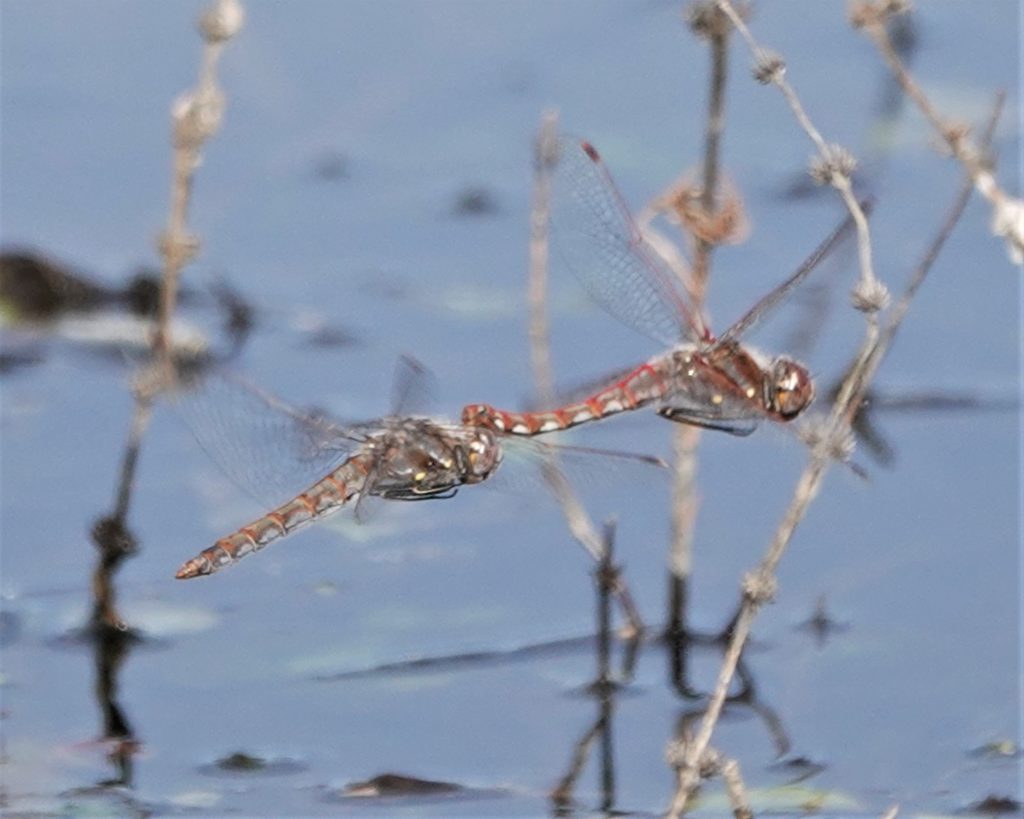
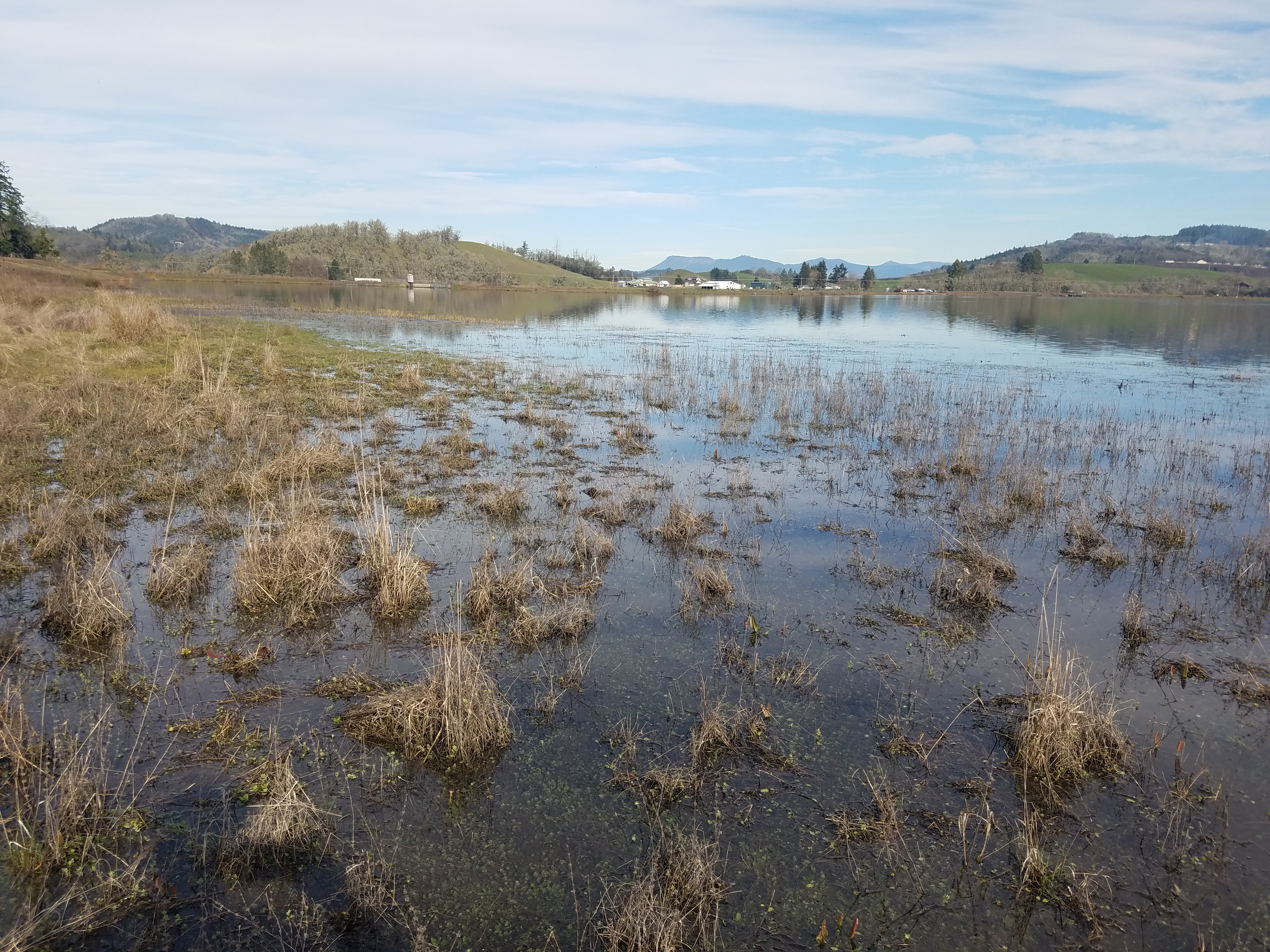

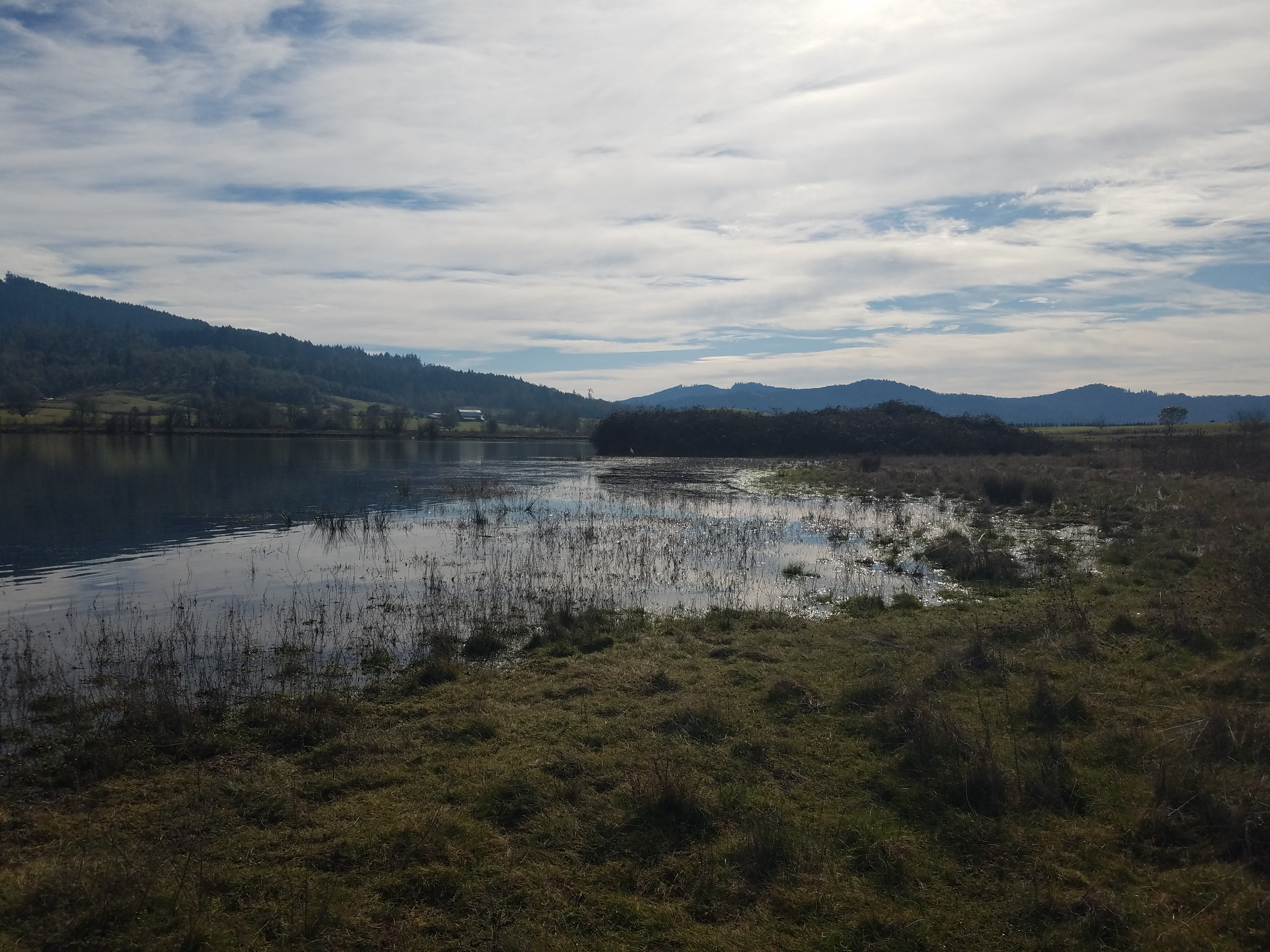
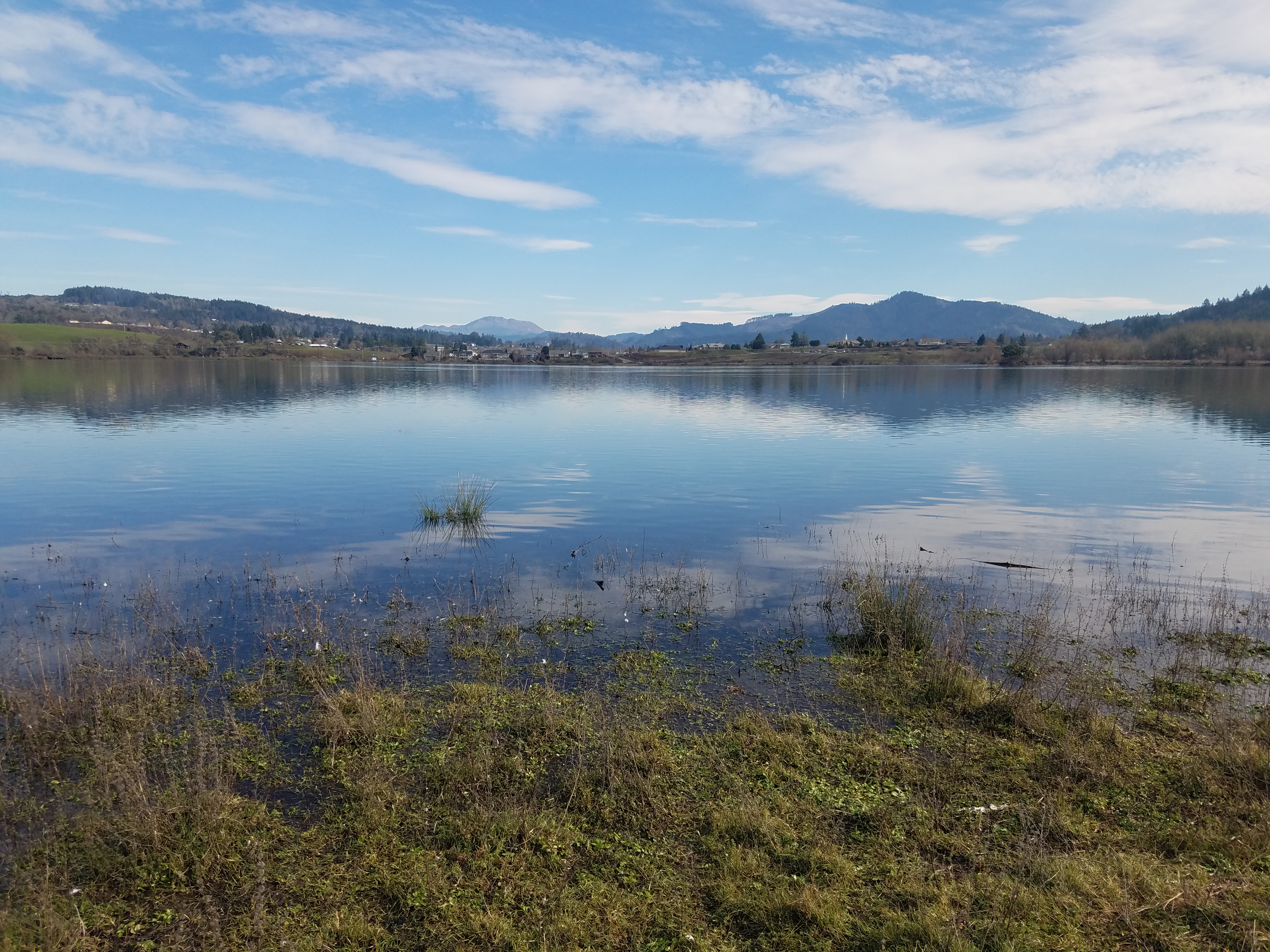
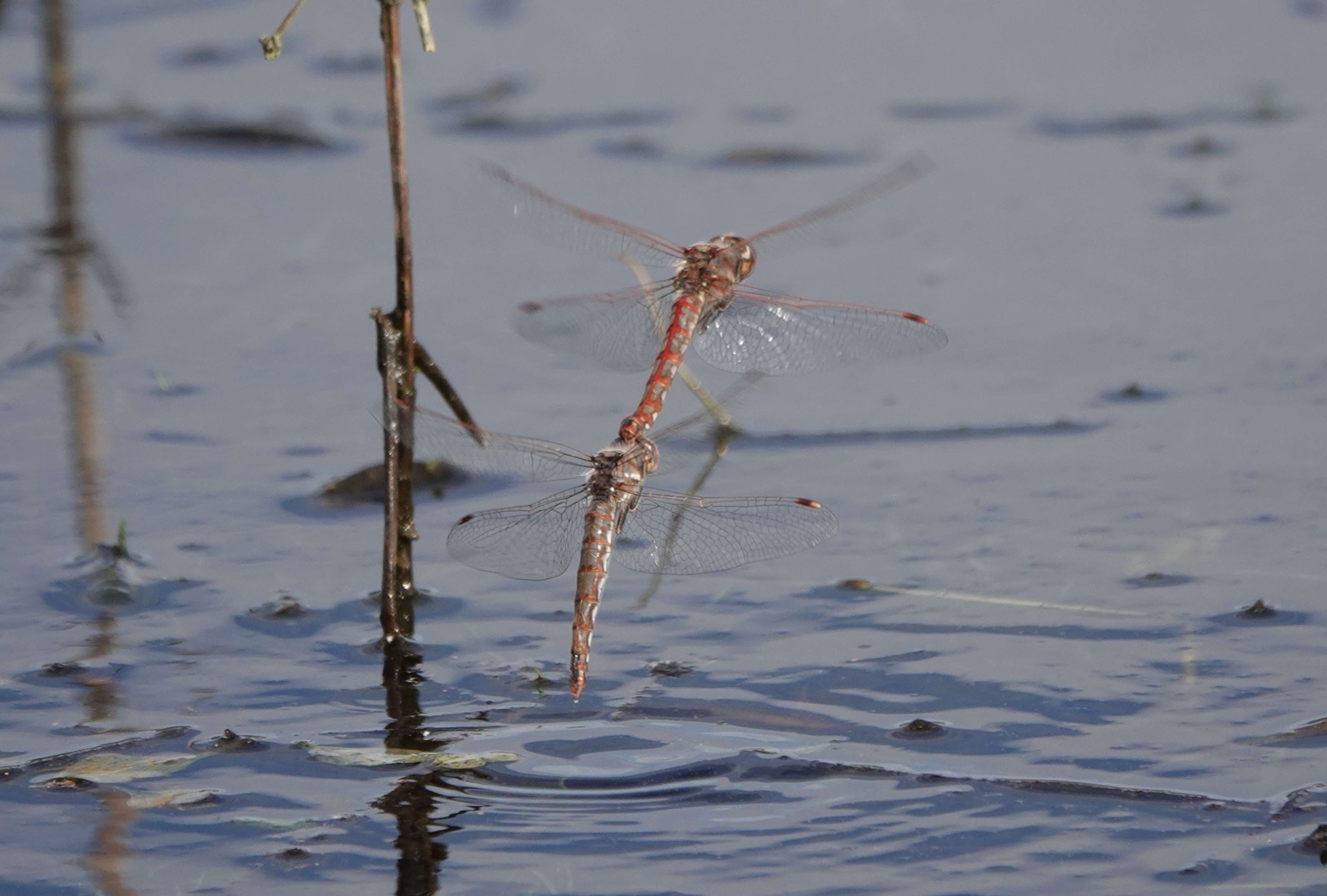
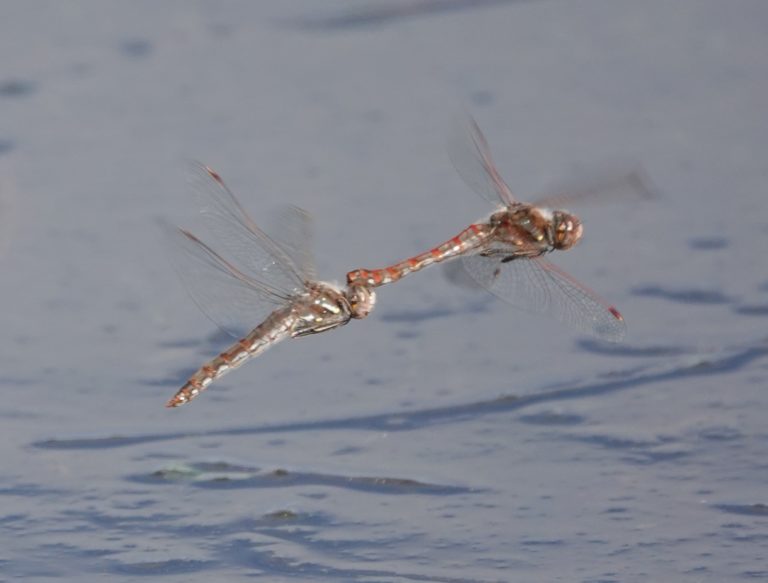

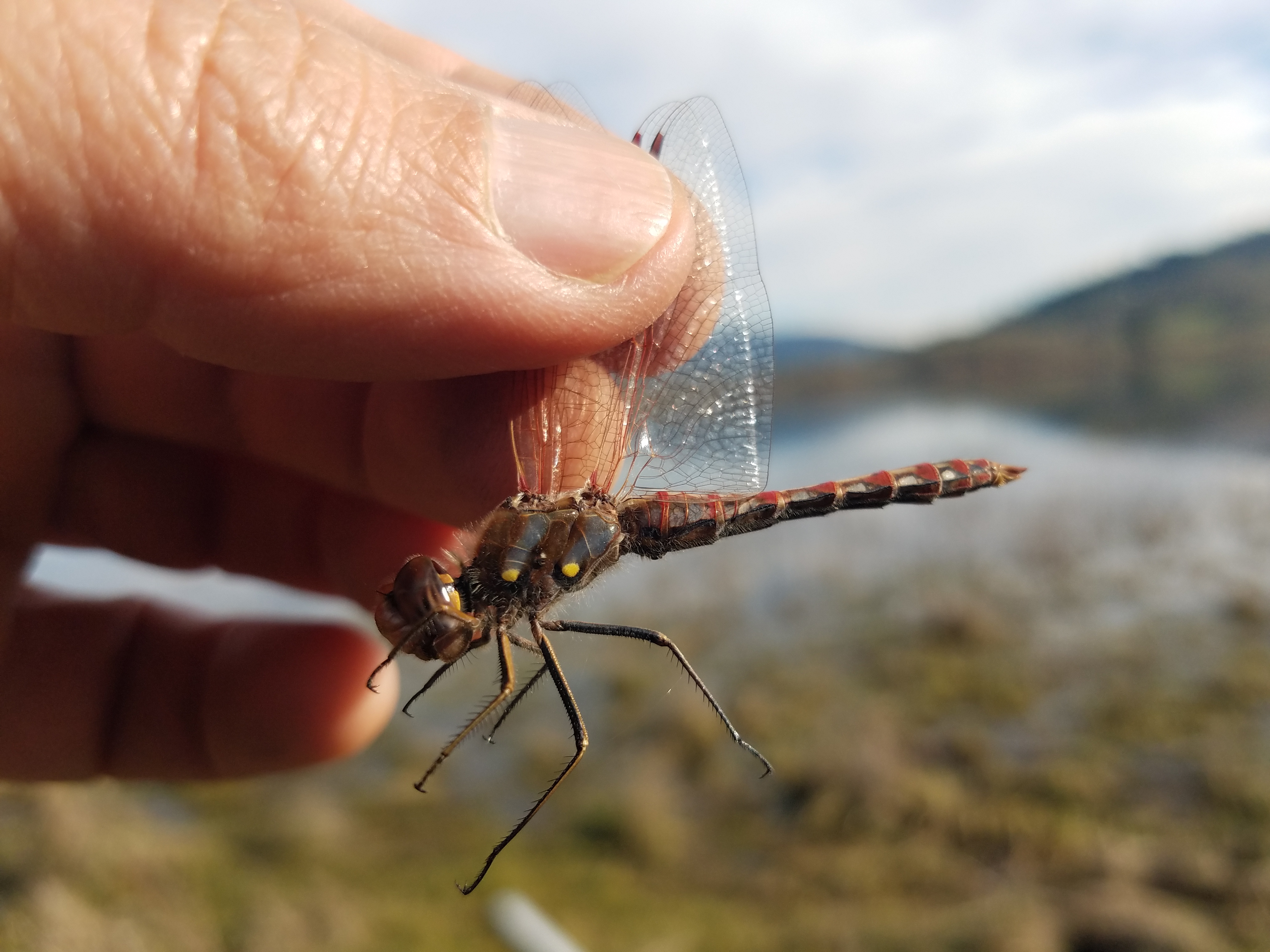
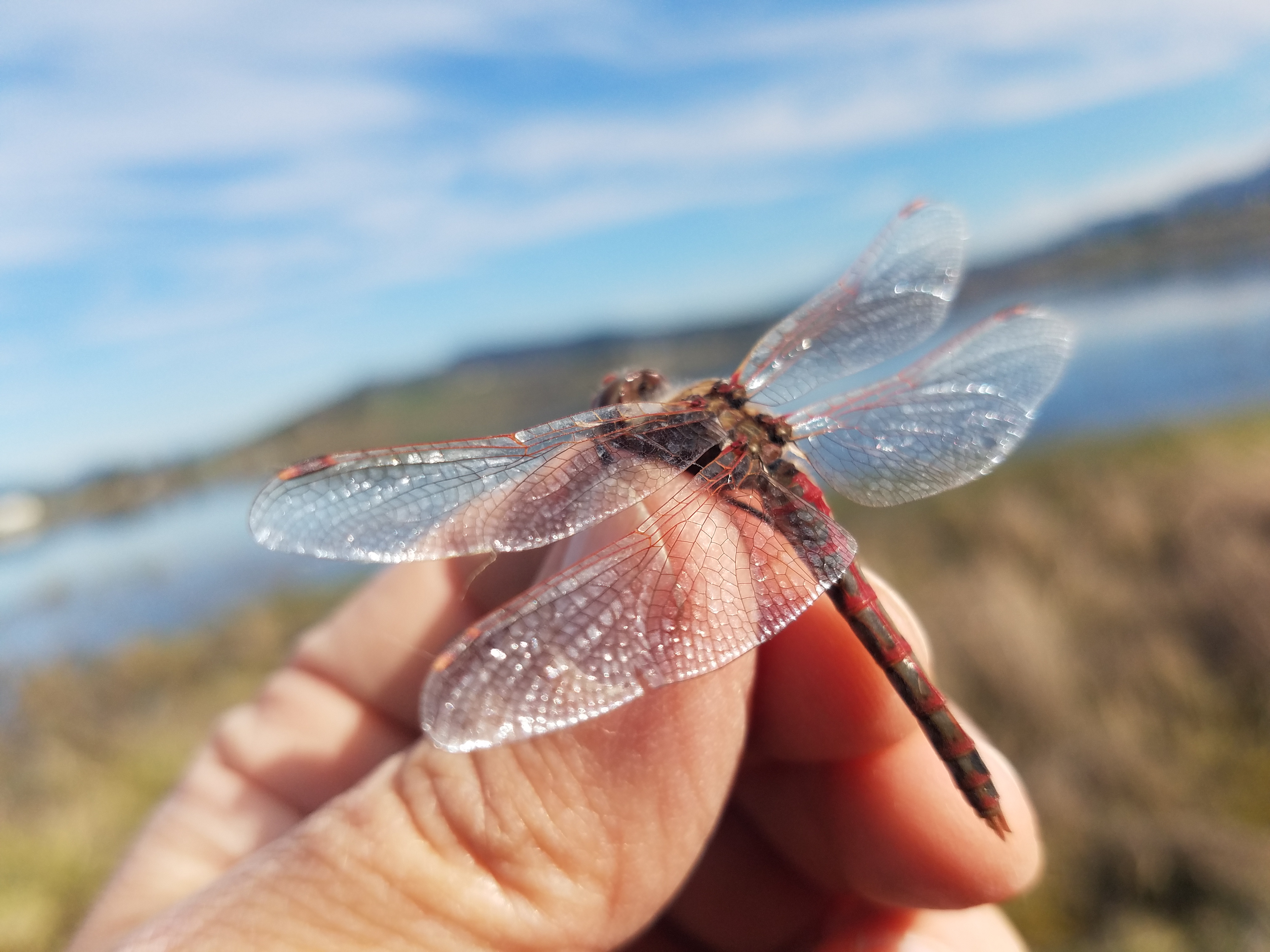
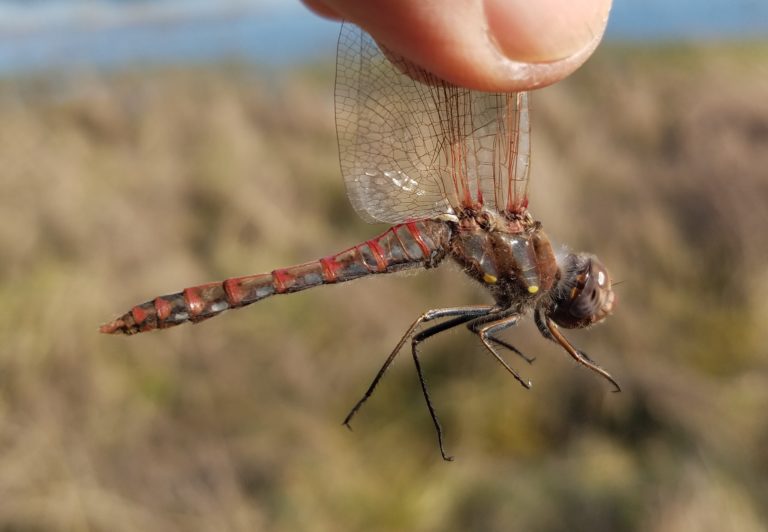
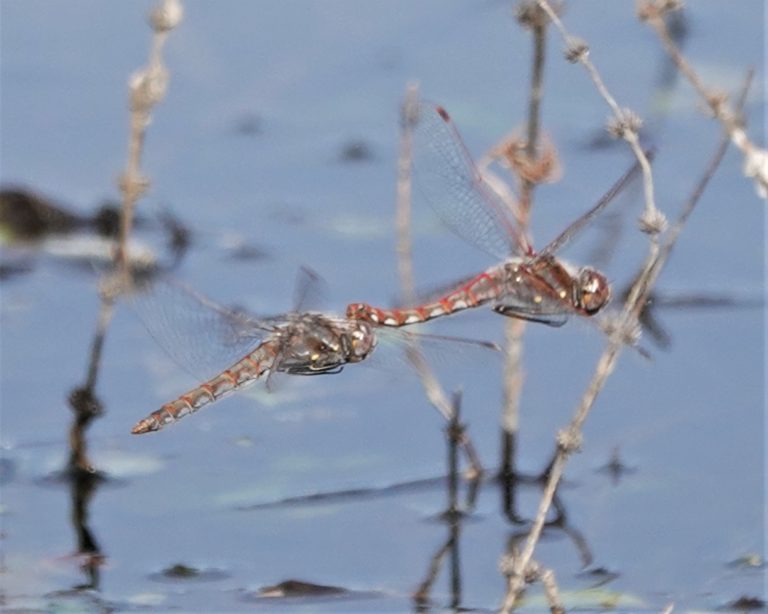
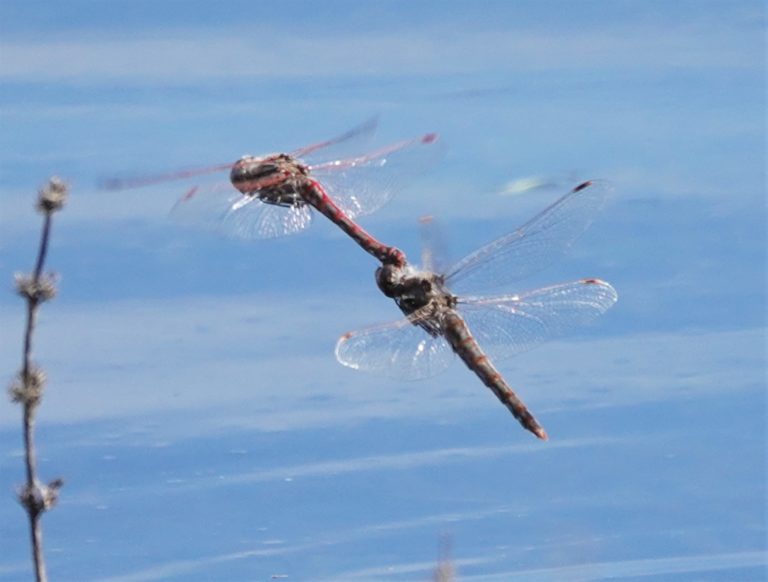
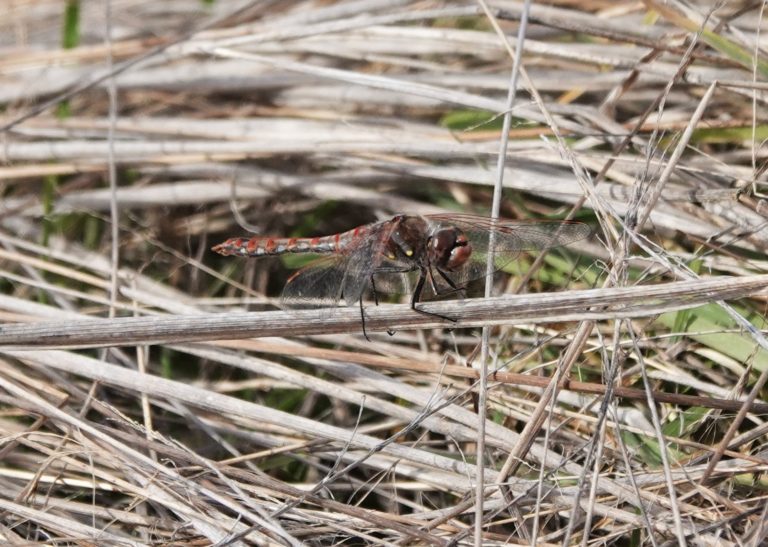
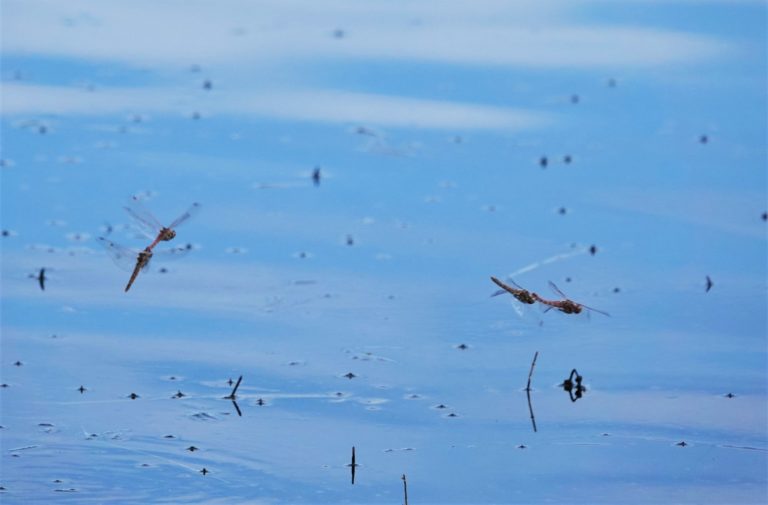
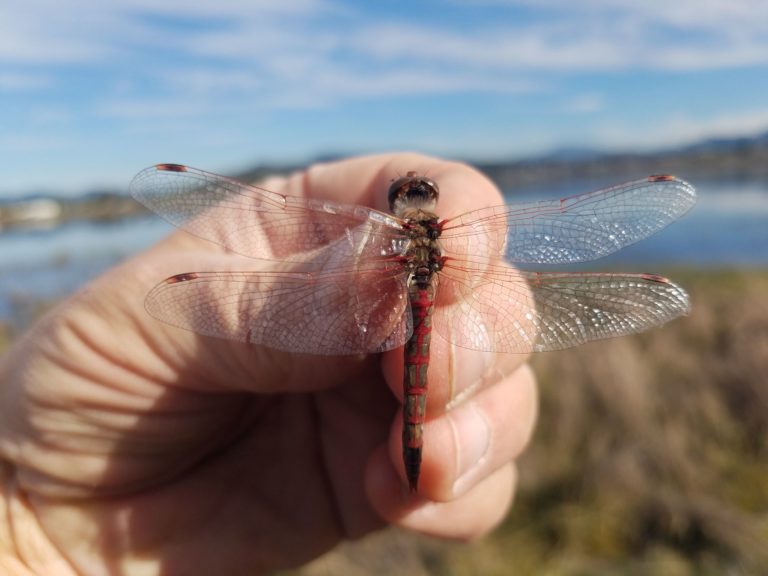
This Post Has One Comment
Matt, how interesting and complicated to learn about one possible sign of warmer conditions changing things around us. You show a good example of why repeated, systematic observations tell you more than a single look at something like dragonflies. I didn’t know that mating pairs could be over-wintering adults, adults emerging from larvae, or adults migrating from elsewhere. We see or hear about other signs of warmer winters, like black bears emerging from hibernation, but can learn more from many observations and formal studies. I remember more white-tailed kites, and fewer black phoebes and red-shouldered hawks here around Roseburg thirty years ago. A post on Oregon Birders Online lately said someone saw their first red-shouldered hawk near Salem, and here I think I see as many now as the once more common red-tailed hawks. Insects, mammals and birds are busy all around us. Thanks for taking time to tell us about some dragonflies, Mikeal